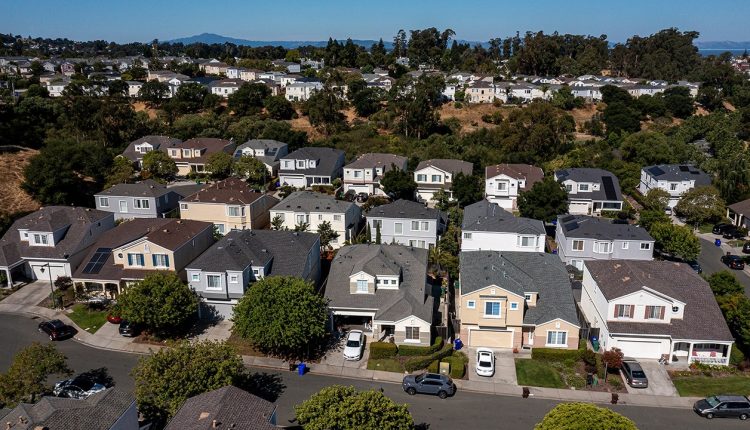Mortgage rates continued their unrelenting upward climb last week, adding potentially thousands in additional costs for would-be homebuyers.
Rates on the popular 30-year fixed mortgage are currently hovering around 7.63%, according to Freddie Mac, well above the 6.94% rate recorded one year ago and the pandemic-era low of just 3%.
This is the highest level for rates since December 2000.
“Mortgage rates continued to approach eight percent this week, further impacting affordability,” said Sam Khater, Freddie Mac’s Chief Economist. “In this environment, it’s important that borrowers shop around with multiple lenders for the best mortgage rate.”
The astronomical rise in mortgage rates over the past year came as the Federal Reserve waged an aggressive campaign to crush high inflation. In the span of just 16 months, the central bank approved 11 rate increases – the fastest pace of tightening since the 1980s.
While the federal funds rate is not what consumers pay directly, it affects borrowing costs for home equity lines of credit, auto loans and credit cards.
Even just a minor change in rates can affect how much would-be homebuyers pay each month.
A FOX Business analysis compared the average monthly payments on 30-year fixed-rate mortgages in October 2021 – when rates hovered around 3.09% – and two years later, with rates racing toward 8%.
HOUSING STARTS REBOUND IN SEPTEMBER DESPITE SPIKE IN MORTGAGE RATES
The analysis indicates that an 8% mortgage rate costs borrowers hundreds of dollars more each month and potentially add as much as $400,000 over the lifetime of a 30-year loan when compared with a 3.09% rate.
The monthly mortgage payment for a median-priced home, calculated using the current 30-year mortgage rates and a 6% down payment, is about $2,720. That is dramatically higher than just two years ago, when that same mortgage payment would have cost about $1,581.
Below, you can calculate how volatile increases and decreases in rates could affect the typical cost of a monthly mortgage.
High mortgage rates have throttled consumer demand, with the Mortgage Bankers Association’s (MBA) index of mortgage applications plummeting last week to the lowest level since 1995.
They are also weighing heavily on supply. That is because sellers who locked in a low mortgage rate before the pandemic have been reluctant to sell with rates continuing to hover near a two-decade high, leaving few options for eager would-be buyers.
A recent report from Realtor.com shows that the total number of homes for sale, including those that were under contract but not yet sold, fell by 4% in September, compared with the same time a year ago.
Available home supply remains down a stunning 45.1% from the typical amount before the COVID-19 pandemic began in early 2020, according to the report.
Read the full article here

